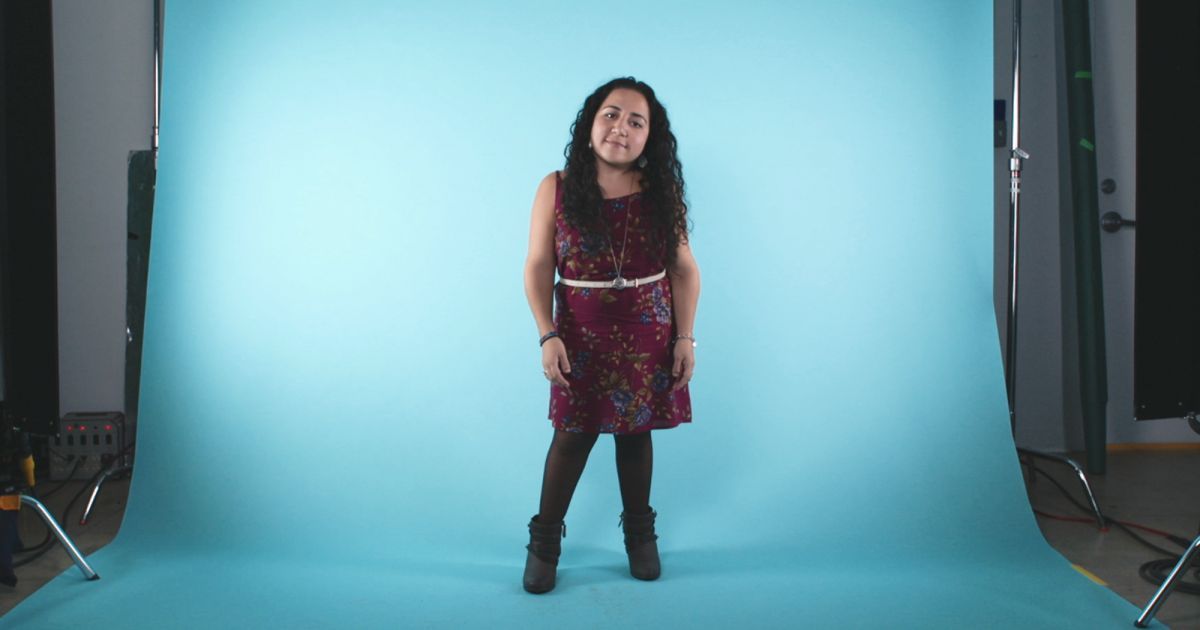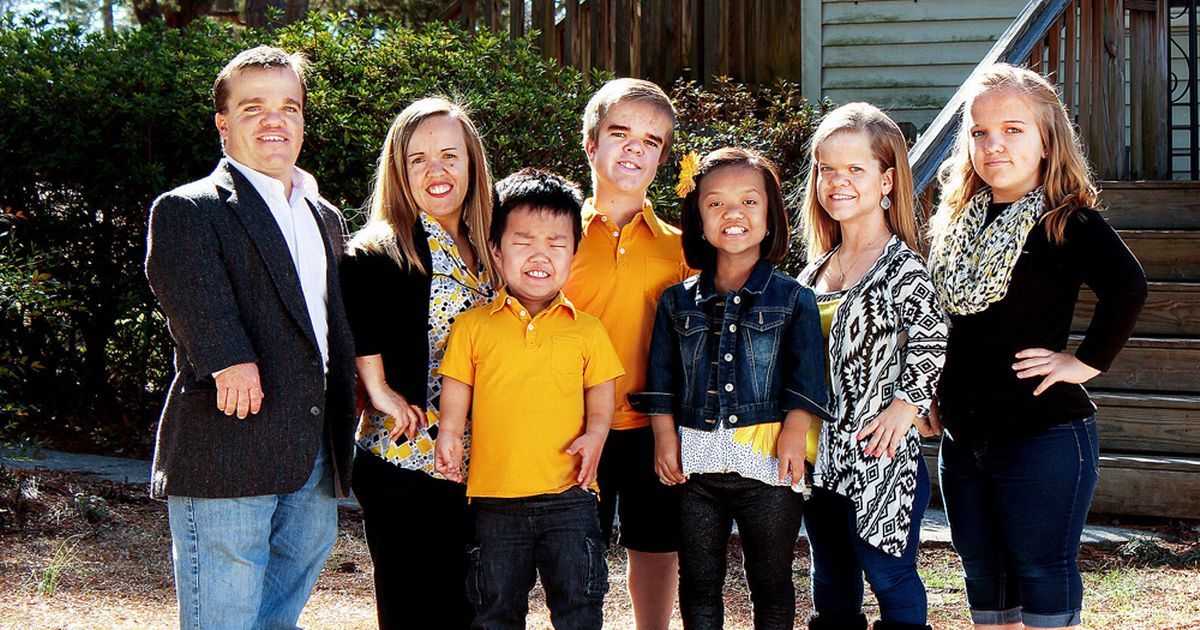Causes And Types Of Dwarfism
Achondroplasia
This form of dwarfism known as ACH is a genetic disorder and the most common type of short-limbed dwarfism. The word achondroplasia means 'without cartilage formation,' and it refers to the bone growth that prevents cartilage from changing, especially in the long arm and leg bones. Individuals who have this condition have a torso of normal length but short arms and legs, a prominent forehead, specific facial features, and a large head or macrocephaly.
Achondroplasia can be hereditary, but a spontaneous genetic mutation usually causes it. Most patients with ACH are born to parents of normal height. Someone who has achondroplasia has a fifty percent chance with each pregnancy of having a child with ACH with a partner who does not have the condition. When both parents have achondroplasia, the possibility of having a child with the condition is fifty percent, and the chance of having a child of normal stature is twenty-five percent. When a child inherits the mutation from both parents, the condition is fatal. The disorder affects about one in every fifteen thousand to forty thousand births.
Reveal the next type of dwarfism now.
Spondyloepiphyseal Dysplasias

Spondyloepiphyseal dysplasia is an inherited bone growth disorder that causes dwarfism and sometimes hearing and vision problems. The condition is congenital, or present at birth, with short stature, a very short trunk, and shortened limbs although the feet and hands are usually average-sized. This form of dwarfism presents with a normal spinal column length relative to the femur and curvature of the spine that progresses during childhood. There are other skeletal changes characteristic of this type of dwarfism such as flattened vertebrae, a downward or inward-turning foot, and a deformity of the hip joint that causes the upper bones of the leg to turn inward.
Many individuals with spondyloepiphyseal dysplasia have severe nearsightedness and sometimes other vision problems such as detached retinas. About twenty-five percent of patients also have hearing loss. Spondyloepiphyseal dysplasia is inherited in a dominant pattern, which means just one copy of the mutated COL2A1 gene is enough to cause the disorder.
Get to know the third type of dwarfism now.
